Consider Your Kitchen’s Overall Design Style
Your countertop color should complement your kitchen’s existing aesthetic. Classic neutrals like beige, gray, or white marble patterns work well for traditional spaces. Modern kitchens often suit bold, solid colors or high-contrast veining. Farmhouse styles typically look best with warm, natural tones. Take note of your cabinet color, flooring, and backsplash materials before selecting. A cohesive color scheme creates visual harmony, while intentional contrast can highlight specific design elements.
Evaluate Lighting Conditions
Natural and artificial lighting dramatically affect how countertop colors appear. North-facing rooms with cool light work well with warm-toned counters to balance the space. Sunny south-facing kitchens can handle cooler grays and whites without feeling sterile. Test large samples in your actual kitchen at different times of day. Dark counters may make small, dim kitchens feel cramped, while very light colors could appear stark in rooms with limited natural light. Consider how under-cabinet lighting will interact with your chosen hue.
Factor in Maintenance and Practicality
Lighter countertops show fewer water spots but may reveal stains more easily. Dark colors hide crumbs well but can make dust and streaks more noticeable. Busy patterns with multiple colors tend to camouflage everyday wear better than solid hues. If you frequently cook with staining ingredients like turmeric or red wine, opt for colors that won’t highlight these accidents. Also consider how the color will age – trendy choices may feel dated quickly, while timeless neutrals maintain their appeal longer.
Create Desired Visual Effects
Countertop color can influence the perceived size of your kitchen. Light colors make small spaces appear larger, while dark colors create intimacy in spacious rooms. A contrasting countertop color can define work areas in open-concept layouts. For a seamless look, match your countertop to your backsplash or select tones from the same color family. If your cabinets have strong undertones (yellow, pink, blue), ensure your countertop color complements rather than clashes with these hues.
Test Samples with Permanent Elements
Before finalizing your choice, view full-size samples alongside fixed elements like flooring and cabinetry. Tape samples to existing counters or place them vertically against backsplashes to see how light interacts. Bring home multiple options to compare under different lighting conditions. Pay attention to how the color looks with your hardware and appliances. Countertops are a long-term investment, so choose a color you’ll enjoy for years rather than following fleeting trends. When in doubt, classic neutrals with subtle patterning offer the most flexibility for future design changes.
Images about How To Choose Kitchen Countertop Color

What Kitchen Countertop Color Should You Choose?
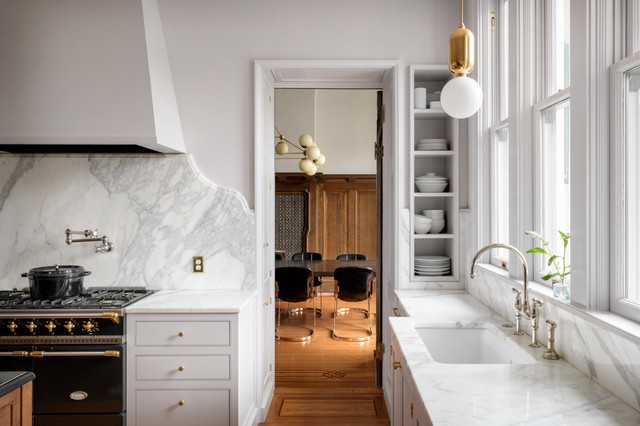
A Guide to Choosing the Best Kitchen Countertop Color
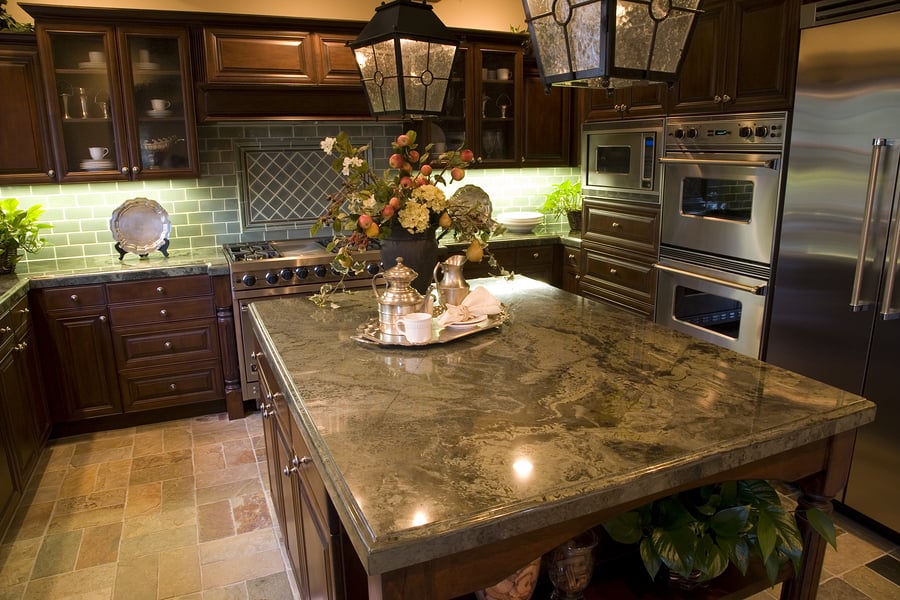
What Kitchen Countertop Color Should You Choose – Precision Stone
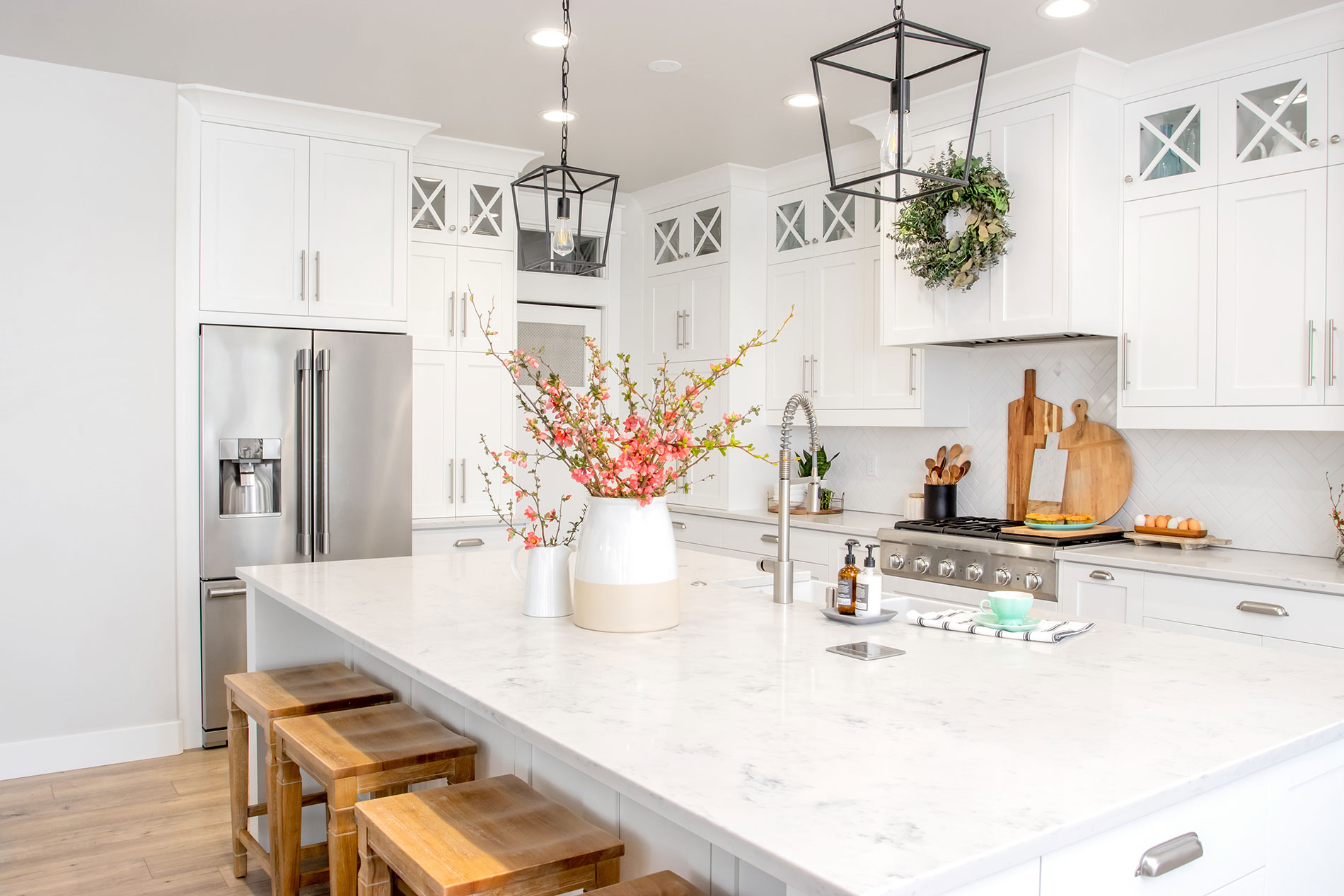
Choosing a Quartz Countertop Color: Complimentary, Tone-on-Tone

Choosing the Right Kitchen Countertops HGTV
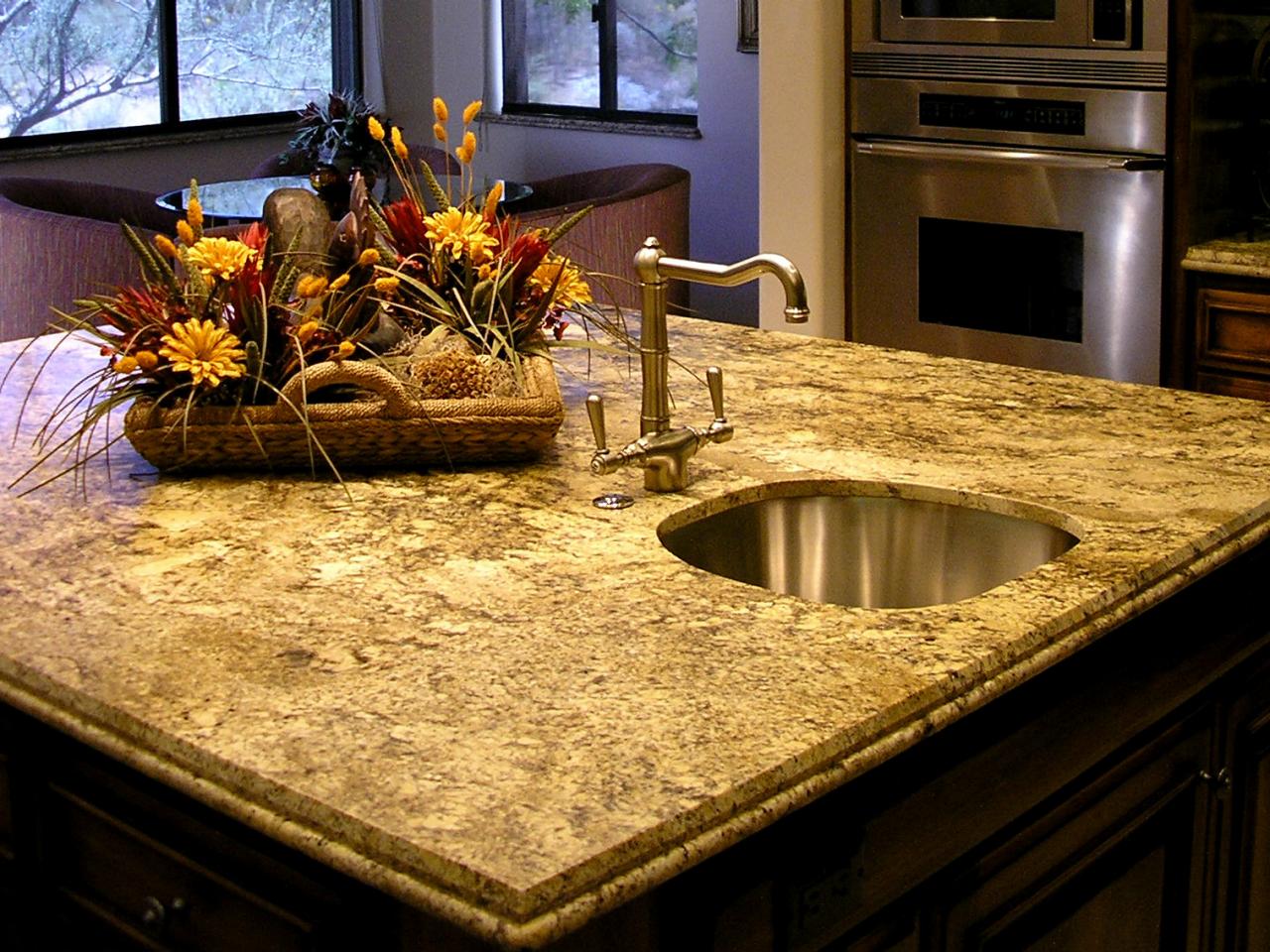
What Kitchen Countertop Color Should You Choose?
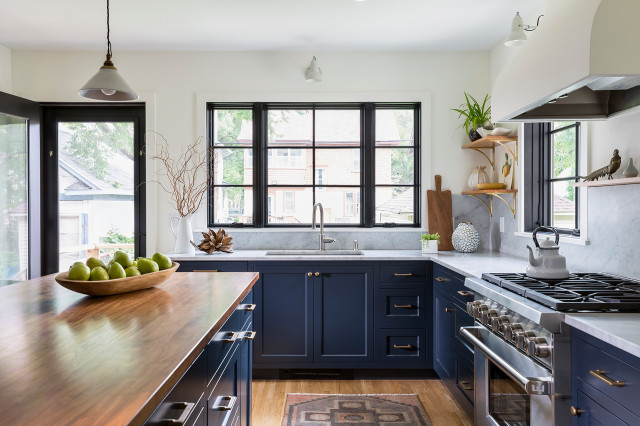
How to Match Your Countertops, Cabinets and Floors
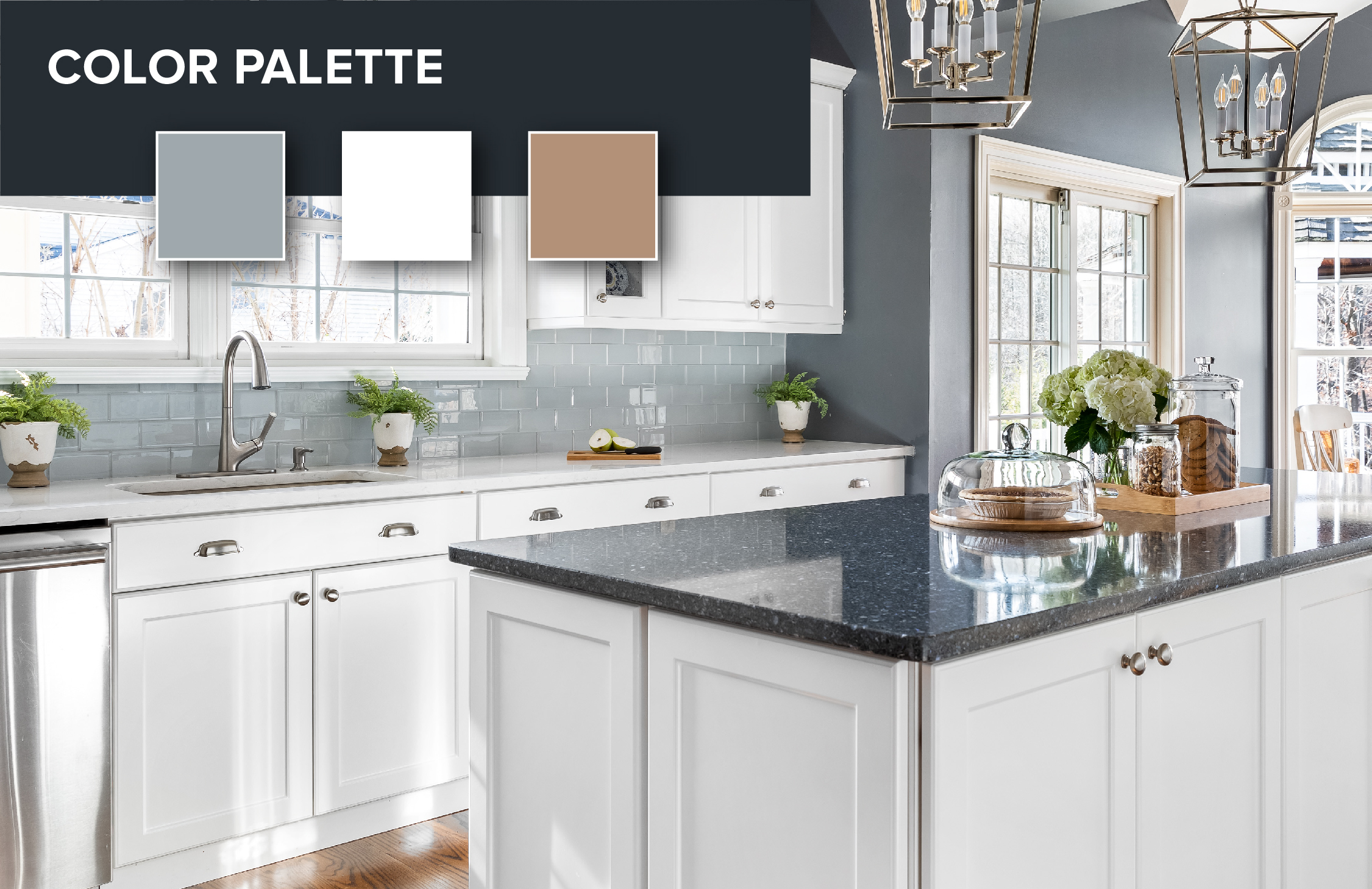
What Kitchen Countertop Color Should You Choose?
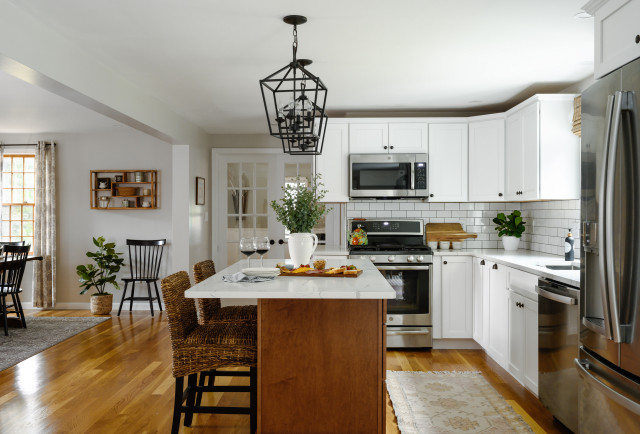
How Can I Choose My Countertop Color? Marble.com

Choosing the Best Granite Colors for Your Kitchen or Bathroom Space

Choosing the Right Color for Granite Countertops Tuckey
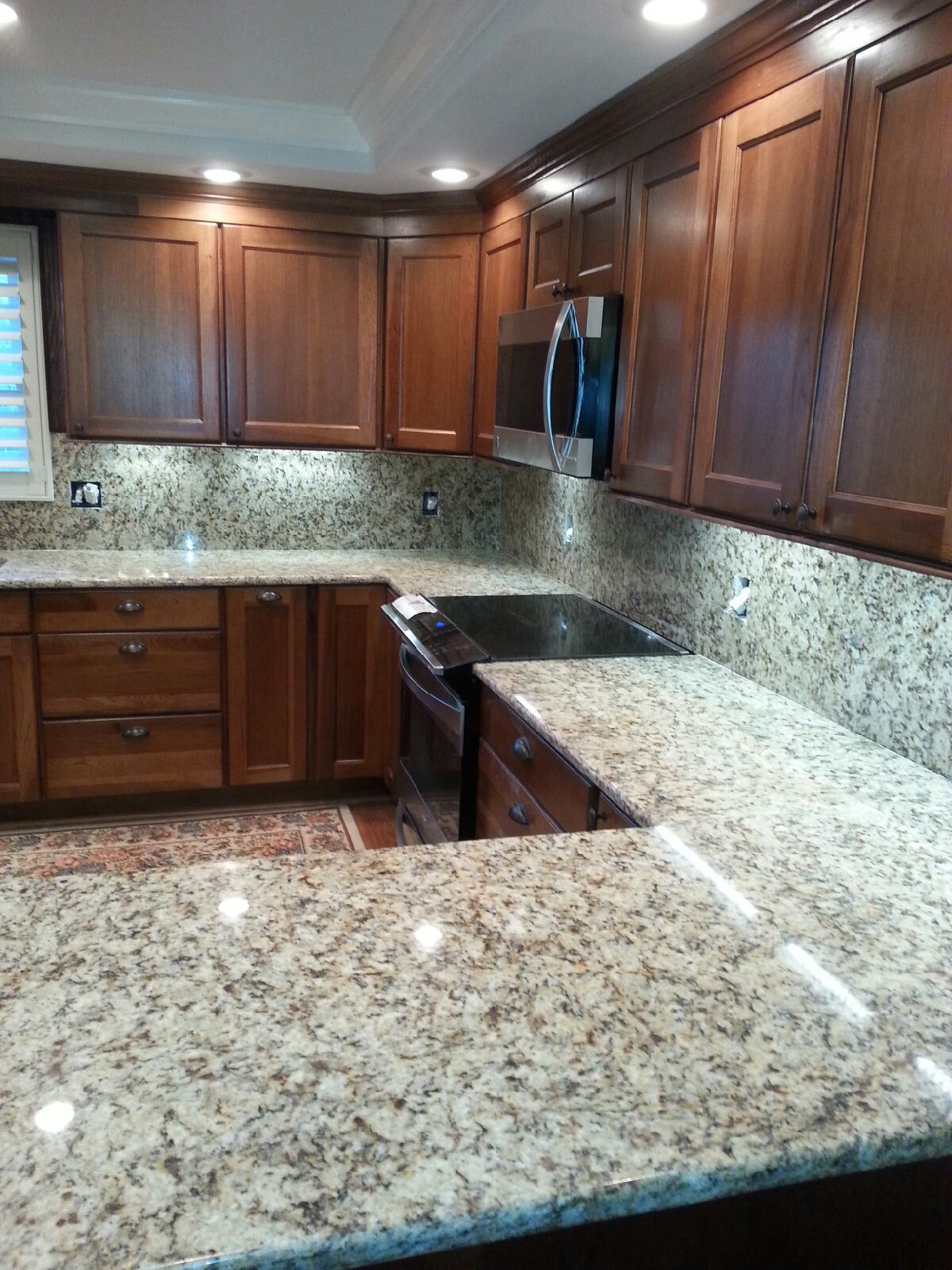
What Kitchen Countertop Color Should You Choose?
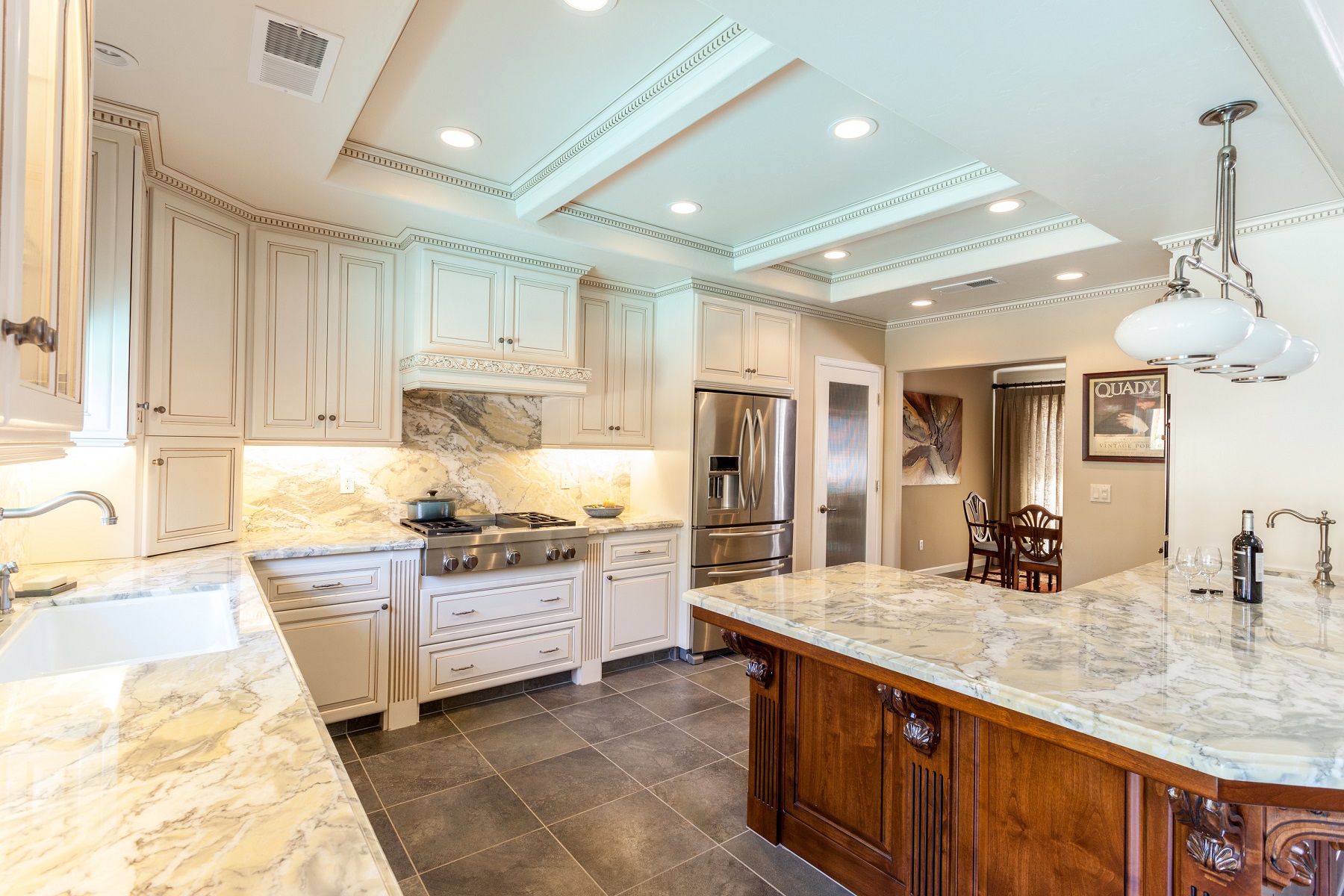
Neutral Granite Countertops
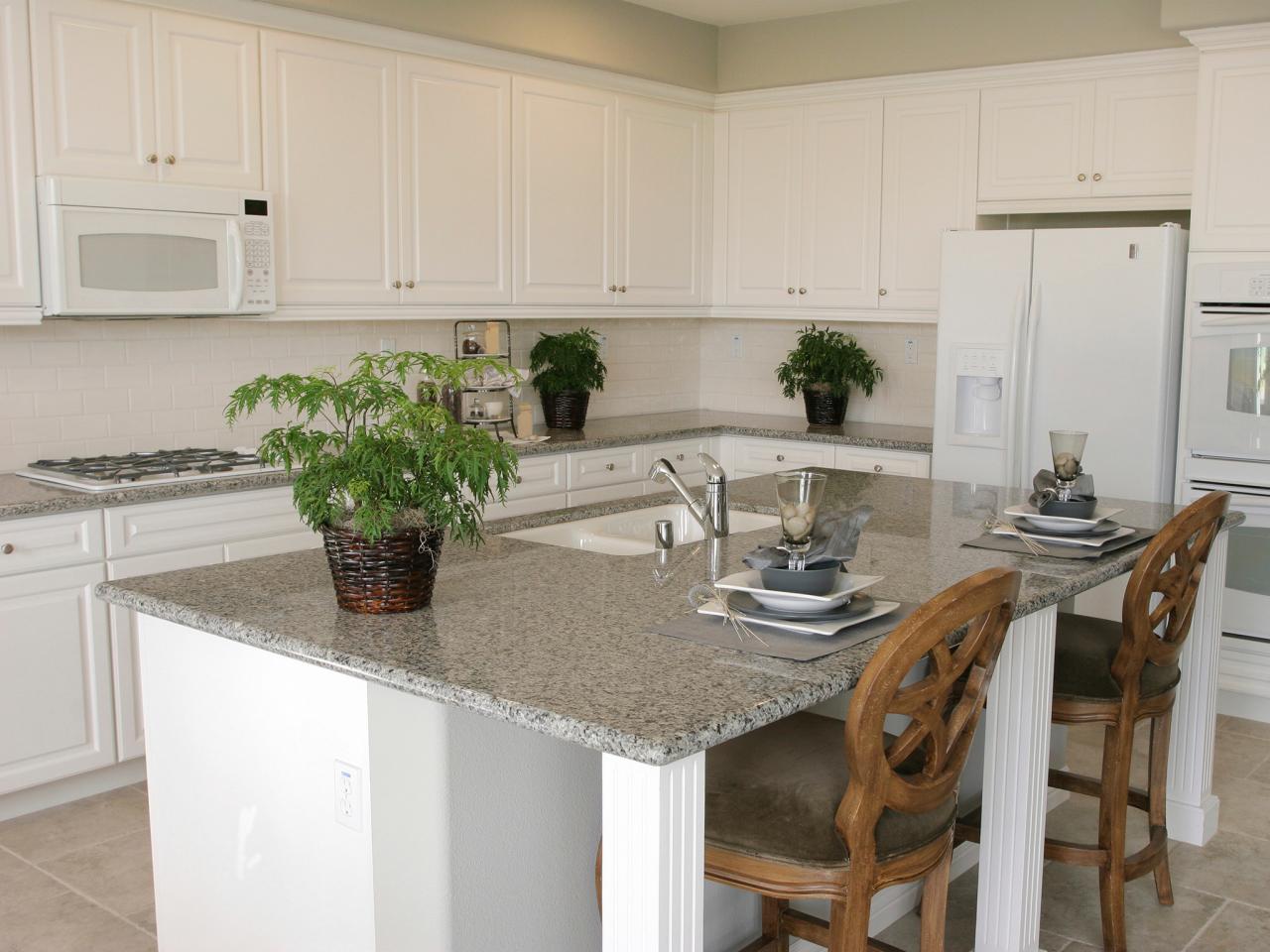
Related Posts: